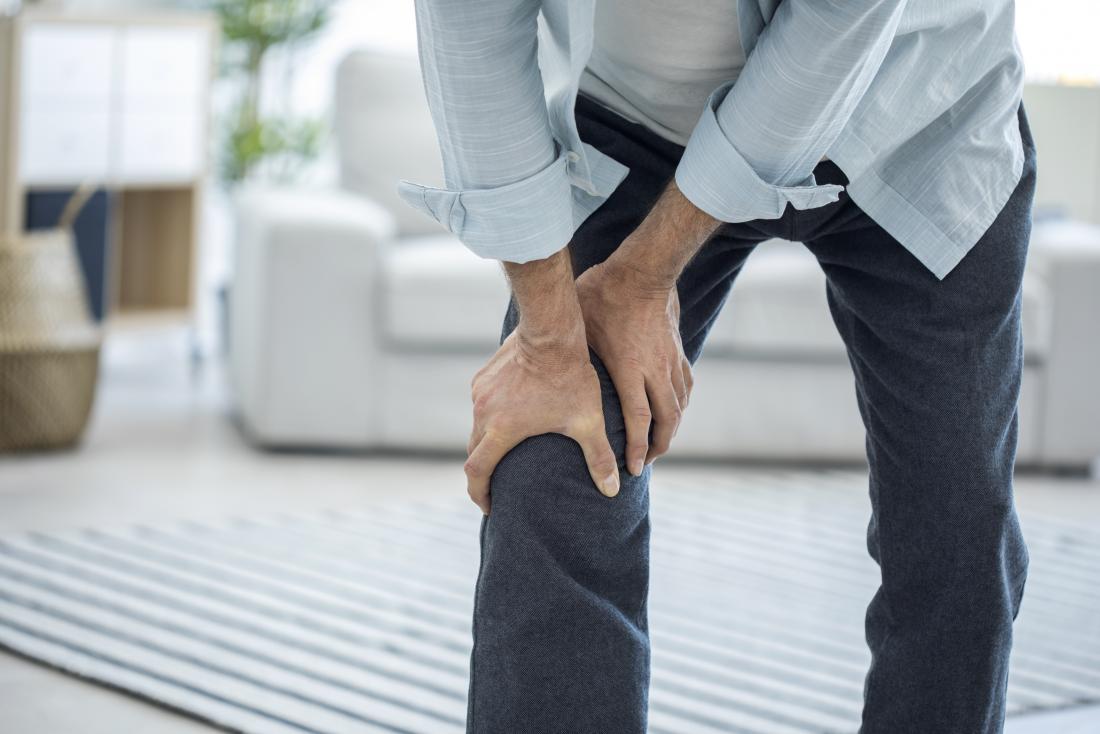
Common Causes of Knee Pain
Osteoarthritis (OA) is the most common type of joint disease. The World Health Organisation (WHO) estimates that 528 million people worldwide are living with osteoarthritis. The knee is the joint most affected by OA, the most common cause of knee pain in people 50 or older.
Outside of arthritis, knee pain can be due to other types of arthritis, some medical conditions, and injuries.
Knee pain results when one of the knee’s structures is damaged. These include bones, muscles, ligaments, tendons, and cartilage.
Here are some common causes of knee pain for which you may need the help of a knee pain specialist.
Arthritis
In addition to osteoarthritis, knee pain can also result from rheumatoid arthritis, gout, pseudo gout, and septic arthritis.
Rheumatoid arthritis is an autoimmune condition that is extremely painful and can affect all the joints, including the knees.
Gout is a type of arthritis that commonly presents in the big toe but can also affect the knees.
Pseudogout, also known as calcium pyrophosphate deposition disease (CPPD), is a form of arthritis that causes sudden and painful joint inflammation. It should not be confused with gout as it is a different condition. It most commonly affects the knees.
Septic arthritis is not limited to the knee joint. It happens when a joint is inflamed due to a bacterial, viral, or fungal infection. It is extremely painful and characterised by swelling, redness, and an inability to move the joint. Septic arthritis requires the immediate attention of a knee pain specialist.
Other Medical Conditions
Baker cyst – This is a fluid-filled lump behind the knee that may occur as a result of other conditions like arthritis or an injury. It can cause knee pain and disappear without treatment. Standing for long or exercise may aggravate the pain.
Bone cancer in the knee – bone cancer is a relatively uncommon condition characterised by persistent pain that gets worse as the disease progresses.
Osgood-Schlatter disease – commonly referred to as OSD, this condition mainly affects adolescents. The inflammation of bone, cartilage, and tendon at the upper shinbone, where the kneecap muscle is attached, is the result of injury caused by overuse. The resulting knee pain lasts up to two years. While it lasts, there is discomfort from swelling and pain.
Injuries
Knee injuries are the result of trauma to the ligaments, tendons, cartilage, bones, or muscles that make up the knee joint. The trauma is usually caused by a fall, a forceful twist, or a high-impact incident like a traffic accident.
Common knee injuries include fractures, dislocations, tears, and sprains.
Bursitis
Bursitis is an inflammation of the bursae. Bursae are small sacks of joint fluid that facilitate smooth movement of joints by cushioning bones, tendons, and muscles. When the bursae are inflamed, the patient experiences a localised dull ache that worsens over time. Bursitis of the knee happens as a result of injury, kneeling for extended periods or other overuse of the knee joint.
Patellar Tendonitis
Also called jumper’s knee, this is a painful condition stemming from inflammation of the patellar tendon, which connects the kneecap (patella) to the shin bone (tibia). Sports like parkour, which requires constant jumping on hard surfaces, can weaken knee tendons, causing patellar tendonitis.
The condition can also be caused by wearing high heels for prolonged periods. Walking in high heels puts the body out of balance, resulting in extra stress on the knees.
Dislocation of the Kneecap
A kneecap dislocation happens when the knee cap pops sideways out of its normal position at the knee joint. A sudden force, a bad fall, or stepping wrong can cause the kneecap to dislocate. The dislocation is painful and will impede movement, but can correct by itself.
Iliotibial Band Syndrome
Commonly referred to as ITBS, this knee injury is the result of an inflamed iliotibial tendon due to repeated bending and straightening of the knee. The iliotibial band (ITB) is a tendon that runs along the outside of the leg from the top of the pelvic bone to the knee.
Iliotibial band syndrome happens when the ITB becomes inflamed from rubbing against the bone on the outside of the hip or knee.
Runners, hikers, and weightlifters commonly experience ITBS as an intense pain on the outside of the knee.
Anterior Cruciate Ligament Injury
The anterior cruciate ligament (ACL) is one of four ligaments that attach the shin bone to the thigh bone. The ACL gets injured when it’s overstretched as a result of a sudden change of direction while in movement. This injury can cause severe knee pain.
Torn cartilage – Meniscus Tear of the Knee
The meniscus is a small wedge-shaped cartilage between the shin bone (tibia) and thigh bone (femur) and acts as a cushion. When the meniscus gets torn the injury causes pain in the knee.
Sports and exercises that involve a lot of twisting and turning of the knee make athletes vulnerable to this type of injury.
Loose Body
Loose body refers to fragments of bone and cartilage that break off and float around in the knee joint. This can happen as a result of a knee injury or degeneration of the knee joint over time.
Loose bodies floating around within the knee joint cause different sensations depending on where the fragments live in the knee joint. When they become lodged within the knee joint, it causes instability and knee pain. The issue is easily resolved by removing the fragments through surgery.
Fractures
A fall or a sudden severe impact can break the bones of the knee, including the kneecap. A kneecap fracture occurs when the small bone at the front of the knee joint breaks. Kneecap fractures often go hand in hand with injuries to knee tendons and ligaments resulting from the initial blow to the knee.



